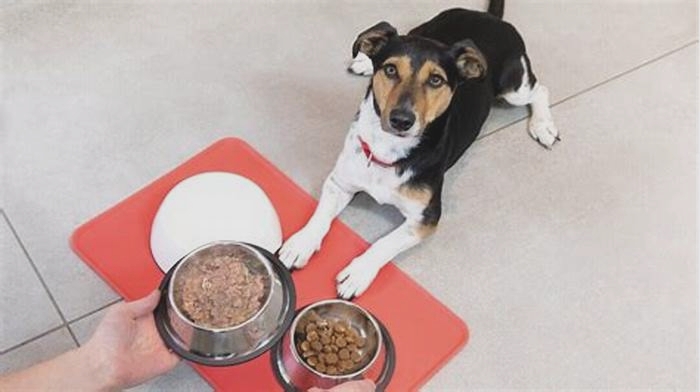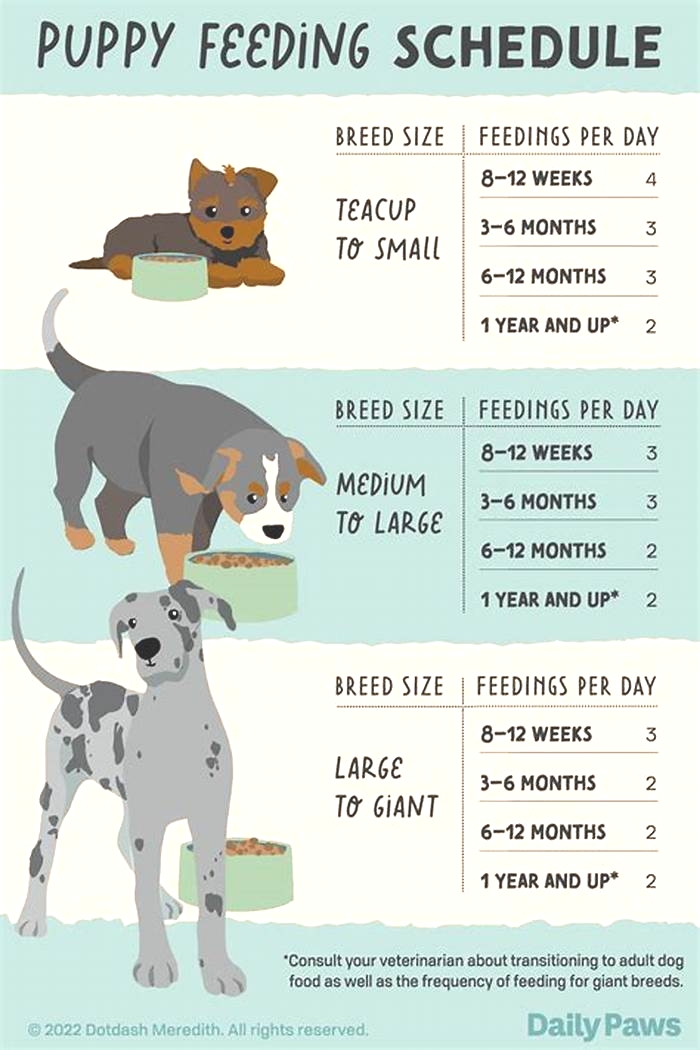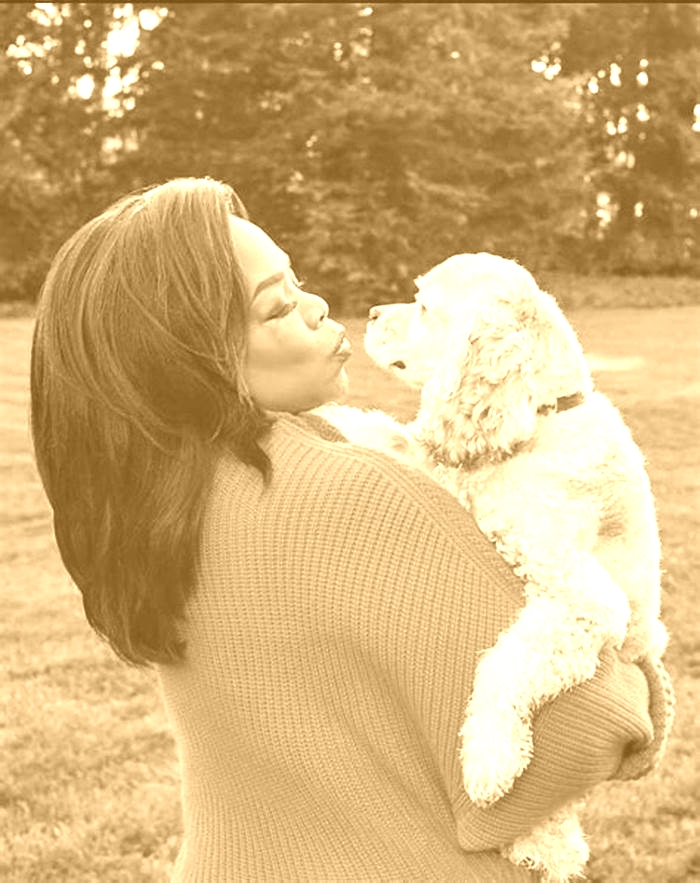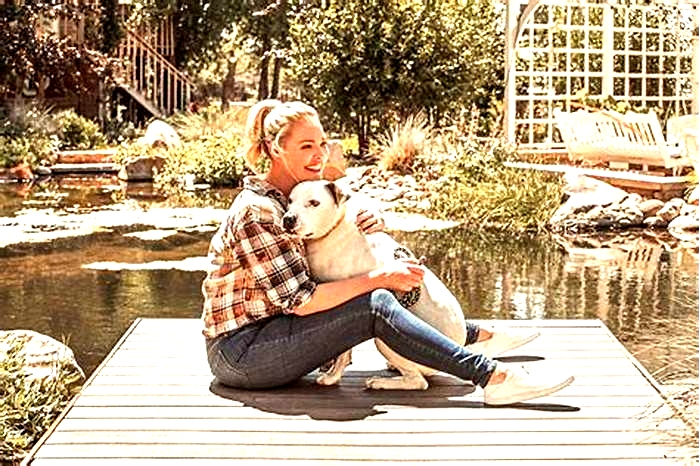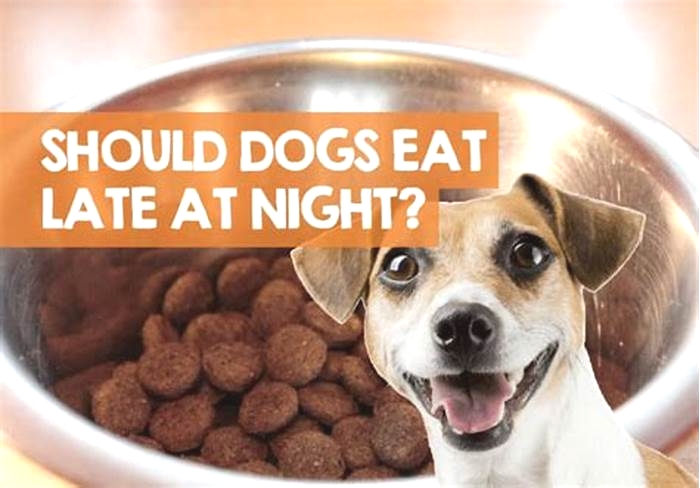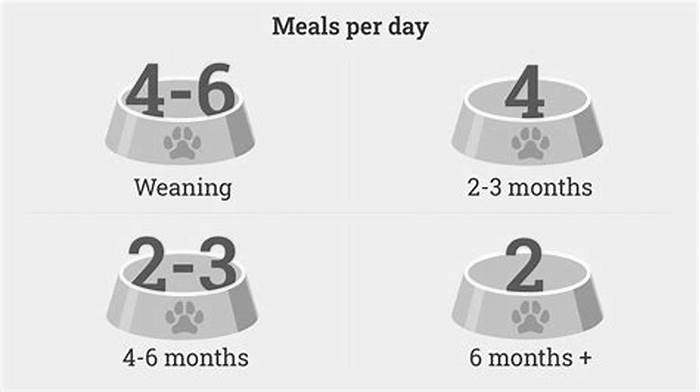What are the best hours to feed dogs
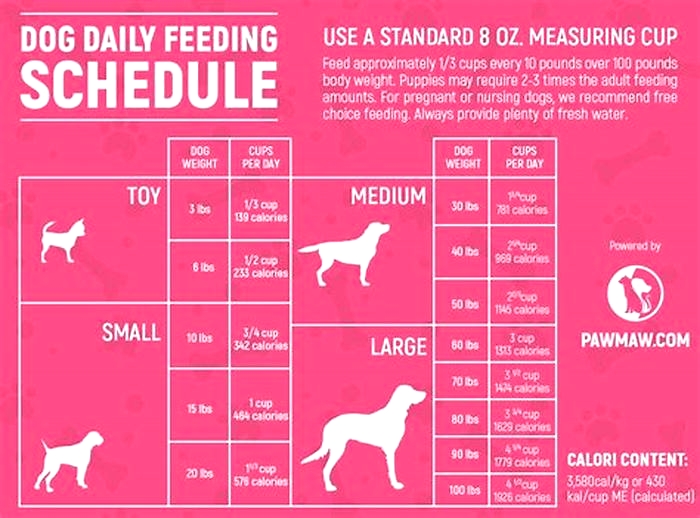
What Is the Best Time to Feed Your Dog?
Most dog owners pattern their pets feeding schedule after their own mealtimes. For instance, if the pet owner has breakfast at 7 in the morning, then the pet should have its chow, too. But is it appropriate to apply human mealtimes to our dogs? If not, then what is the best time to feed our canine friends?
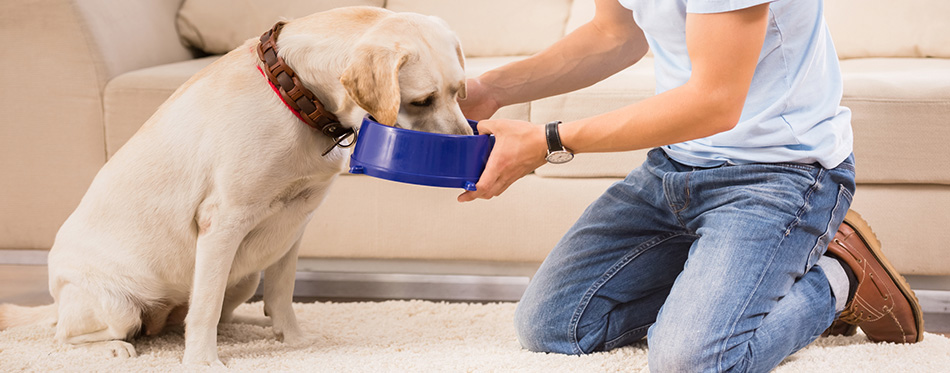
Common Feeding Times for Dogs
Different pet parents observe different feeding schedules for their respective dogs. Some observe a twice-daily feeding schedule while others go for once-a-day feeding. There are also those that leave the feeding to their dogs, meaning it is free choice. Let us look at these feeding times one by one.
Twice-a-Day Feeding
Pet parents who observe a twice-daily feeding schedule will feed their dogs once in the morning and another in the evening. They often observe an 8- to 12-hour period in between meals. For instance, if you give your dog its breakfast at 7 in the morning, you can give its dinner at around 3 in the afternoon or 7 in the evening. This is typical for healthy adult dogs and follows the normal canine digestion.
The dogs digestive system requires about 5 to 6 hours for it to process and absorb the food that it consumed. These nutrients will still be present in the dogs blood for a few more hours before its stomach starts sending hunger signals to the brain. This occurs about 8 to 10 hours after the meal, depending on the amount of calories that the pet consumed in its last meal.
As early as 8 hours after its last meal, the dogs brain receives the first hunger signals. These grow in intensity and can manifest in different dog behaviors telling you they are already hungry.
The timing of their first meal depends on a few considerations. One of these is their need to defecate. Canine fecal elimination occurs anywhere between 30 minutes to 1 hour after a meal. If you are going to work at 8 in the morning, this means you need to feed them at about 6:30 AM. This will give you ample time to take them out for a walk for them to defecate. You can then prepare for your work.
You can also observe the same consideration during their second and last meal of the day. You may want to feed them first before you walk them for a poop. The current recommendation is to make their evening walk longer so that they will also tire afterwards. This will help them go to sleep a lot faster. The timing, then, depends on what time you want to be on your own bed.
This twice-a-day feeding schedule is applicable to normal healthy adult dogs. Younger dogs such as puppies often require more frequent feedings. The same is true for dogs with certain health conditions.
Related Post: Automatic Dog Feeders
Once-a-Day Feeding
Proponents of once-a-day dog feeding schedule often feed their dogs in the evening. They will feed their dog upon coming home from work. After about 30 minutes or so, they can take their hound out for a long 30- to 60-minute walk.
There are also those who feed their dogs early in the morning, before they tend to their other life commitments. Again, the general guideline here is to feed the dog first before you facilitate their defecation.
Once-a-day feeding is not recommended among dogs that are prone to gastric dilatation volvulus. These include breeds like Great Danes, Weimaraners, St. Bernards, and Doberman Pinschers, among others. Veterinarians consider once-a-day feeding to be a major risk factor in the development of this life-threatening condition. In GDV, the dogs stomach expands and twists on its own axis. This can lead to the cutting off of the blood supply to the organs of the abdomen.
If you are considering feeding your dog only once a day, make sure that it doesnt have a deep and narrow chest. These dogs are more prone to GDV than any other breed.
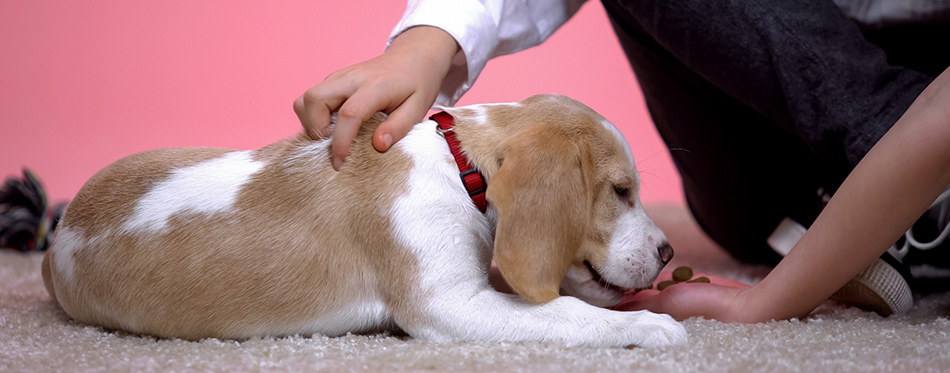
Feeding Ad Libitum or Free Choice
There are also pet parents who feed their dogs ad libitum. This means its up to the dog to decide when it wants to eat. This approach is ideal for hyperactive dogs that may require frequent trips to their food bowl to replenish their energy. It may also work for nursing dams since they have plenty of small mouths to feed.
It is also the ideal solution for pet parents who may have difficulty adhering to a strict dog feeding schedule. All they need to do is to leave their pets with a bowl full of dog food and they can go on their merry way.
For this to work, the dog food should be in the form of kibbles. It is never a good idea to use canned or wet dog food in an ad libitum feeding approach. Dog kibbles take longer to spoil so your dog can still feast on its food at the end of the day.
The main issue with feeding your dog ad libitum is that it can increase the risk of health problems like GDV and obesity. Some dogs can finish a days supply of dog food in one sitting. This can make them develop bloat, a major precursor of GDV. If they dont watch the amount of food they are taking, dogs can also become overweight. This is because some dogs have a knack for eating beyond satiety.
There can also be issues about the dogs behavior. It may not want to share the food with the other dogs in the household.
Feeding Schedules for Other Dogs
The preceding section talks about the feeding schedule for a normal, healthy adult dog. However, there are certain dogs that may not do well with these feeding schedules. Let us look at them.
Puppies
When deciding on the mealtimes of puppies, it is important to consider its toilet training. This is almost the same with the elimination pattern of adult dogs. Potty-training puppies often entails taking them outside the house several times each day. Some puppies may have to go outside about 5 to 6 times every day. As such, you can intersperse your feeding schedule within these housetraining sessions.
Sleep is another factor in puppies that you should consider. Puppies can sleep from 16 to 20 hours every day. You will want to schedule their feeding time during the puppys waking hours.
The last factor that you need to consider is the puppys activity levels. In general, pups spend their energy in bursts rather than in a sustained manner. This means you can see them playing now and sleeping a few minutes later. This is because they have already used up their energy.
The current recommendation is to feed puppies at least 3 times a day. Younger puppies require more frequent feedings than their older counterparts.
For example, you can take them outside for a short walk right after waking up. After an hour, you can give it its first meal of the day. After 30 minutes, you can then take it out to defecate in the backyard. You can give its 2nd meal at noontime or after about 4 to 6 hours from its first meal. You can take it out again for the 3rd time. Give it its 3rd and last meal for the day at around 6 or 7 in the evening before taking it out for a walk. For more options head over to our guide on puppy food.
Senior Dogs
When feeding senior dogs, you can adhere to a once or twice a day feeding schedule. However, there is one very crucial piece of modification you have to observe. It is important to reduce the amount of dog food they consume per meal. This is because their digestive system is no longer as efficient as when they were still at their prime. Their activity level is also lower than adult dogs.
Senior dogs may also come with health conditions that require a modification of their nutrition. It is best to adhere to your vets recommended feeding schedule if you have a sick senior dog. For more options, check out our detailed review of the best dog food for senior dogs.
Active Dogs
There are dogs that lead very active lifestyles. On the average, they spend less time sleeping and more time working or engaging in physical activities. Border Collies, Vizslas, and Terriers are examples of very active dog breeds.
For these dogs, it is better to feed them three times a day. That is one in the morning, one shortly after noon, and another one in the evening. Their higher metabolic rate means they will use up their energy stores a lot faster than other dogs.
Related Post: High Protein Dog Food
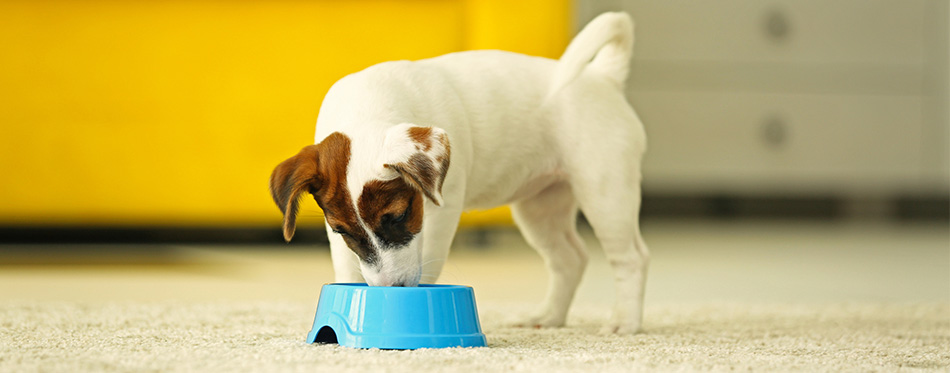
Sedentary Dogs
The opposite of active dogs, breeds that spend more time on the couch or dog bed often have slow metabolic rate. This means they dont use up their energy stores as fast as other dogs. If you feed these dogs more frequently, they may become overweight.
As a rule, sedentary dogs can feed only once a day. This should be enough to supply them with the energy that is enough to sustain their vital activities.
Figuring out the best time to feed your pet dog requires your understanding of its unique needs as well as activity levels.
Source:
- How Often Should Dogs Eat? AKC
How Often Should Dogs Eat?
Paid Advertisement
Among the many questions new and experienced dog owners face is an especially important one. How often should dogs eat? Diet and nutrition are crucial components to keeping your dog a healthy member of the family for years to come.
Though theres no hard-and-fast rule to how often a dog should eat, twice a day is generally a good place to start. However, more important than feeding frequency is meal portion size. Portion size may vary based on breed, age, and health condition, and settling on the right amount can be tricky.
Dog meal delivery services can make it easy to serve your canine companion delicious, nutritious, and appropriately-portioned meals that even humans can eat. Ollie is a service that delivers fresh, human-grade dog food customized for your pups unique nutritional needs. Ollie works with vet nutritionists to formulate a perfect plan specifically for your dog based on weight, breed, and allergies. Plus they make it easy for us humans all of Ollies recipes are pre-portioned and your pup will be set up with their own feeding schedule so you dont have to worry about overfeeding or underfeeding.
What Affects How Often a Dog Should Eat?
Veterinarians recommend feeding a dog at least twice per day. Dogs with medical issues or dietary needs may require specialized feeding schedules or restrictions on what they eat. Talk to your veterinarian about your dogs eating habits to make sure youre meeting their nutritional needs and healthcare requirements.
Breed plays a large role when deciding how often to feed your dog. Common large breed dogs, for instance, will often require more feedings and more calories per day than medium and small breed dogs.Age is also another important consideration. The caloric requirements for a two-month-old Yorkshire Terrier varies greatly compared to a two-year-old Yorkie.
How Much Should Puppies Eat?
A fresh meal servicelike Ollie helps change your feeding approachas your dog changes ages from puppy to adult so you dont have to worry about portions during different life stages.
Since puppies are growing rapidly, they need more food than adult dogs. Puppy nutrition is crucial for developing a foundation for future growth, as well as their bone and organ development. Puppies must have a specific amount of calcium in their diet, otherwise, they can develop metabolic bone disease or orthopedic conditions like early-onset arthritis. Toy-breed puppies, in particular, are prone to hypoglycemia.
Puppies need small, frequent feedings. For the first few months of a puppys life, they will need small meals of food throughout the day as they transition from their mothers milk to solid food. Starting around four months, puppies can begin eating about three times a day, and after that, puppies will quickly graduate to twice-a-day feedings.

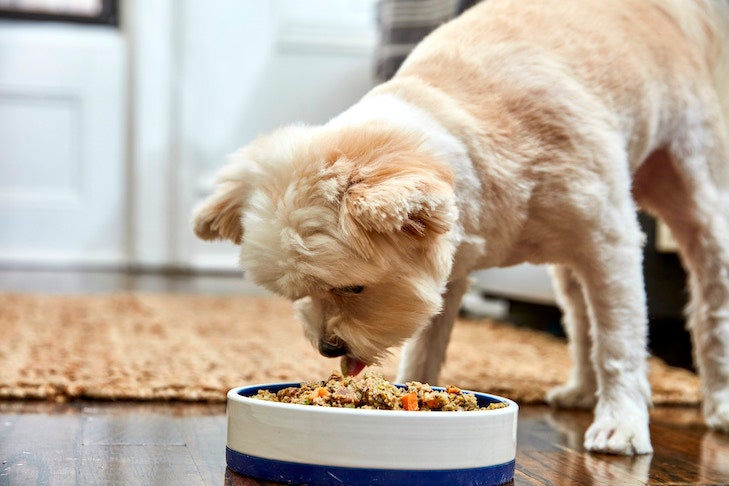
Feeding them three or four times per day makes it easier for puppies to digest and help keep energy levels consistent. However, its important to not overfeed them, since overweight puppies are more likely to become overweight adult dogs.
Toy-breed puppies will need 4 to 6 meals per day for the first three months of their lives. Medium-breed puppies will require three meals per day, and large-breed puppies typically need 3 to 4 meals per day. Though the breed is an important consideration, metabolism and energy levels can vary by up to 30 percent. Therefore, youll need to proportion meals accordingly.
Even though puppies grow quickly, its important to keep caloric intake and food amount consistent from four to twelve months of age. Puppies use fewer calories for growth as they become older. This comprehensive puppy feeding chart has vet-recommended guidelines on how much and how often to feed your puppy.
How Much Should Adult Dogs Eat?
Dont let your dog trick you into more mealtimes with adorable puppy dog eyes. Most dogs only require two meals a day, but if you catch your dog begging, an occasional healthy treat can help.
The trick is to make sure youre not feeding your dog more than is recommended. Food labels can be misleading or confusing. Generic feeding charts may over-calculate how much to feed a dog, or use outdated information.
To determine how much food to feed your dog, you should start by knowing your dogs estimated adult weight. Most large breed dogs will weigh between 50 to 150 pounds, while small breeds weigh under 20 pounds. Knowing the weight of your dogs same-sex parent can also be an excellent guide.
From there, you can use the estimated weight to determine how many calories dogs need per day.
What Sort of Feeding Schedule Works?
Free-feeding, or leaving food available to dogs at all times, is often not recommended by veterinarians. For multi-species or multiple-dog households, free-feeding makes it difficult to account for different diets and to track each dogs intake. Additionally, free feeding can lead to obesity when dogs overeat.
Sticking to a schedule can help your canine companion avoid grazing, feel like part of the family, and can encourage good mealtime behavior. You should plan a feeding schedule by consulting with your veterinarian.
Why Ollie?
Feeding dogs a diet made with natural, real ingredients can do wonders for their overall well-beingit can promote heart health, increase energy level, make their coat shinier, their breath smell better, improve eyesight and even impact poop. With Ollie, all the prep work is done for you so you dont have to worry about when, how much, or life stages when it comes to feeding. Were providing 50% off to the AKC audience for their first trial box, delivered straight to your home.
- Ingredients: Ollies food is made only with whole, human-grade ingredients sourced from reputable farms and approved by vets. They never use fillers, by-products, artificial flavors, or preservatives in any of their recipes. Each recipe is cooked by hand at low temperatures in small batches in a USDA-regulated kitchen so you know your pup is getting the best.
- Easy Schedule:All of Ollies recipes are pre-portioned and stored in the freezer plus you will receive a puptainer to keep your pups food fresh in case you feed your dog before your morning coffee. Ollie also takes care of us humans, Ollie is delivered directly to your door in as little as 2 days, on your schedule.
- Health Benefits: The proof is in the results. Ollie dogs have reported shinier coats, decreased allergies, improved appetite, and more.
Ollies freshly cooked food is the simplest way to keep your dog happy and healthy at any age. Our five delicious recipes were formulated with vet nutritionists and ensure mealtime stays fresh and exciting for your pup. Visit Ollie.com, tell us all about your pup, and well create a custom meal plan just for them.

